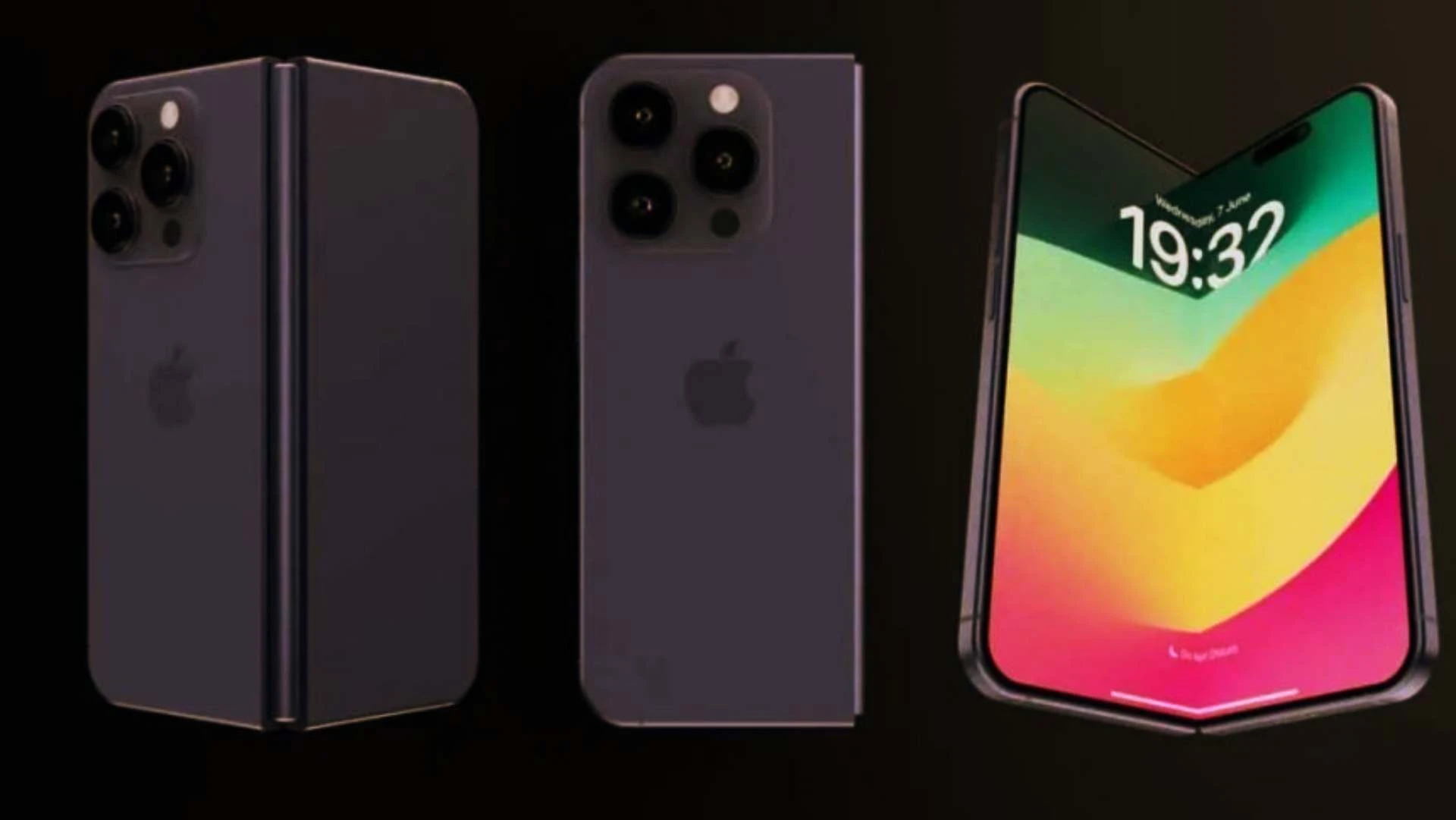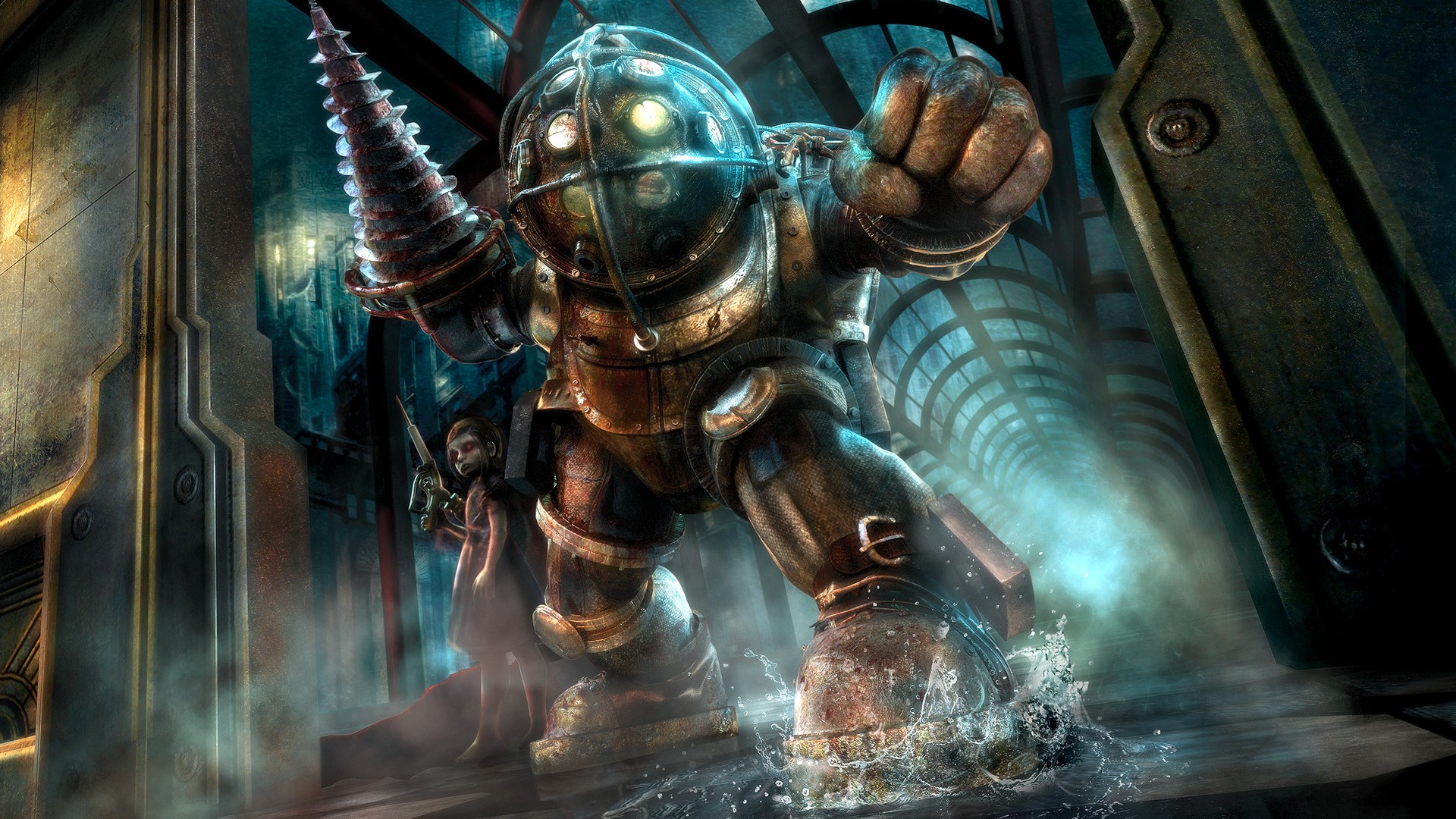So, the first foldable iPhone is on its way next year, complete with four cameras and an Apple-developed modem. Because, you know, why not add a few more lenses to the existing ones? Maybe one will finally capture the essence of why we keep buying these overpriced gadgets! And let’s not forget the joy of folding your phone, only to realize it’s still just a phone with a fancy hinge. I can’t wait for the inevitable memes about how it folds more than my willpower in a pastry shop. Stay tuned for the launch, where we’ll all pretend to be excited about yet another incremental upgrade!
#FoldableiPhone #AppleInnovation #GadgetGoals #TechHumor #iPhone
#FoldableiPhone #AppleInnovation #GadgetGoals #TechHumor #iPhone
So, the first foldable iPhone is on its way next year, complete with four cameras and an Apple-developed modem. Because, you know, why not add a few more lenses to the existing ones? Maybe one will finally capture the essence of why we keep buying these overpriced gadgets! And let’s not forget the joy of folding your phone, only to realize it’s still just a phone with a fancy hinge. I can’t wait for the inevitable memes about how it folds more than my willpower in a pastry shop. Stay tuned for the launch, where we’ll all pretend to be excited about yet another incremental upgrade!
#FoldableiPhone #AppleInnovation #GadgetGoals #TechHumor #iPhone












